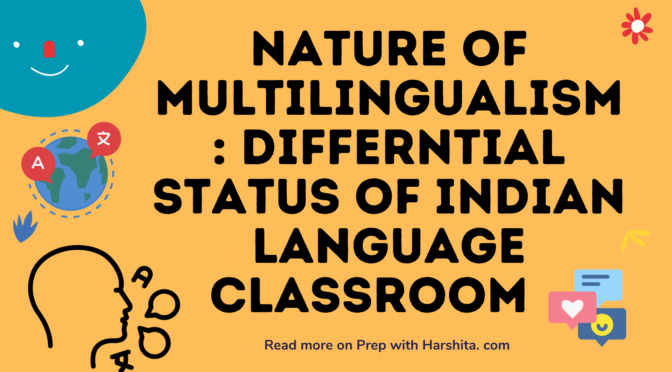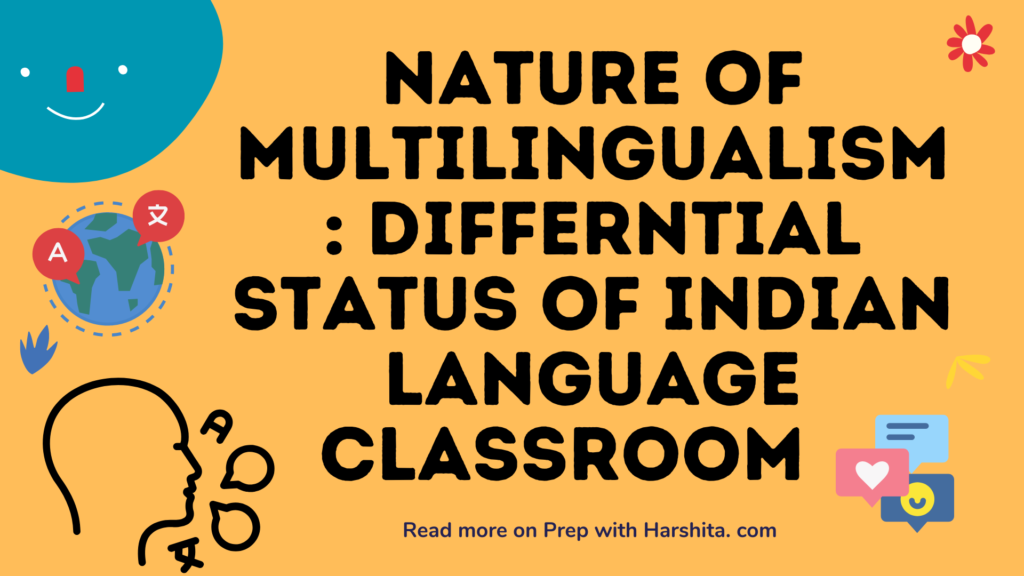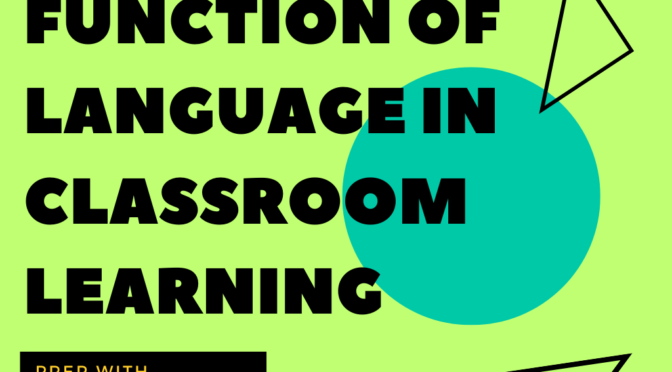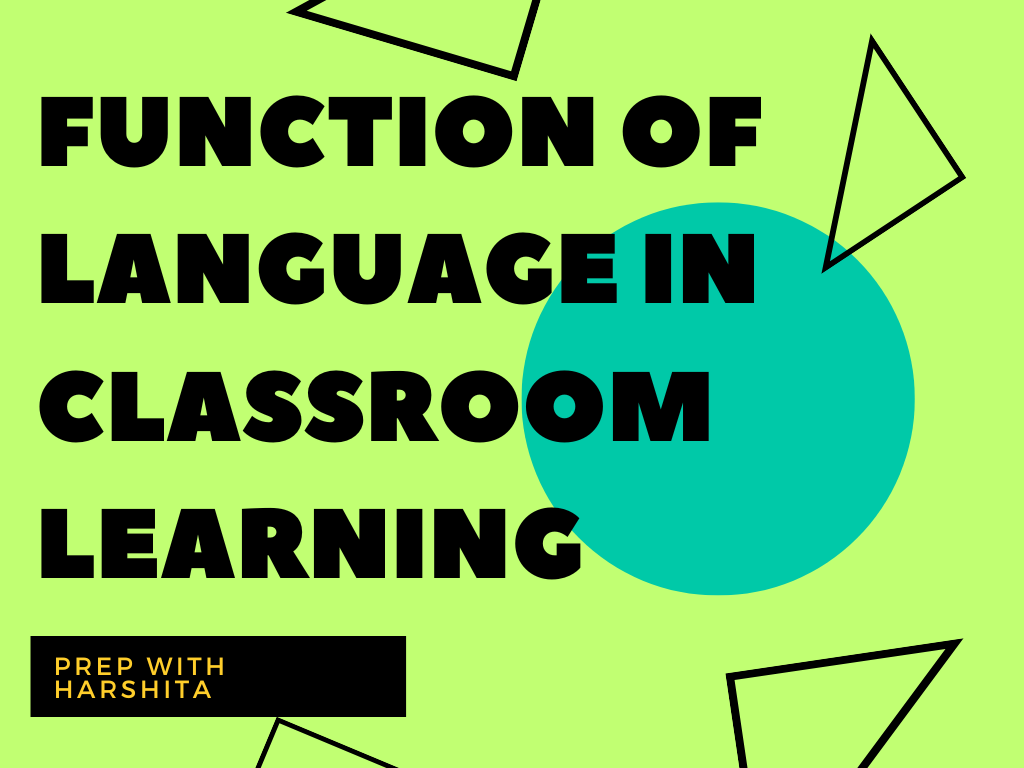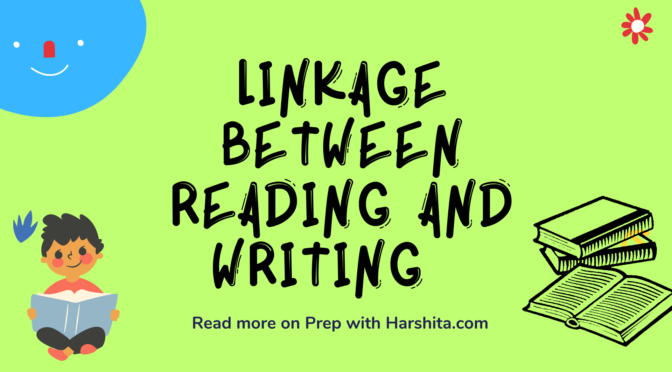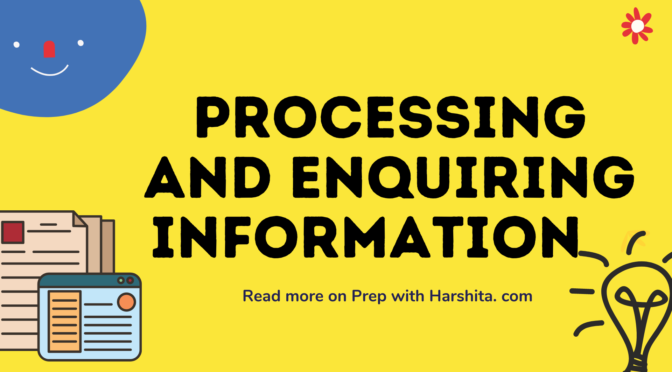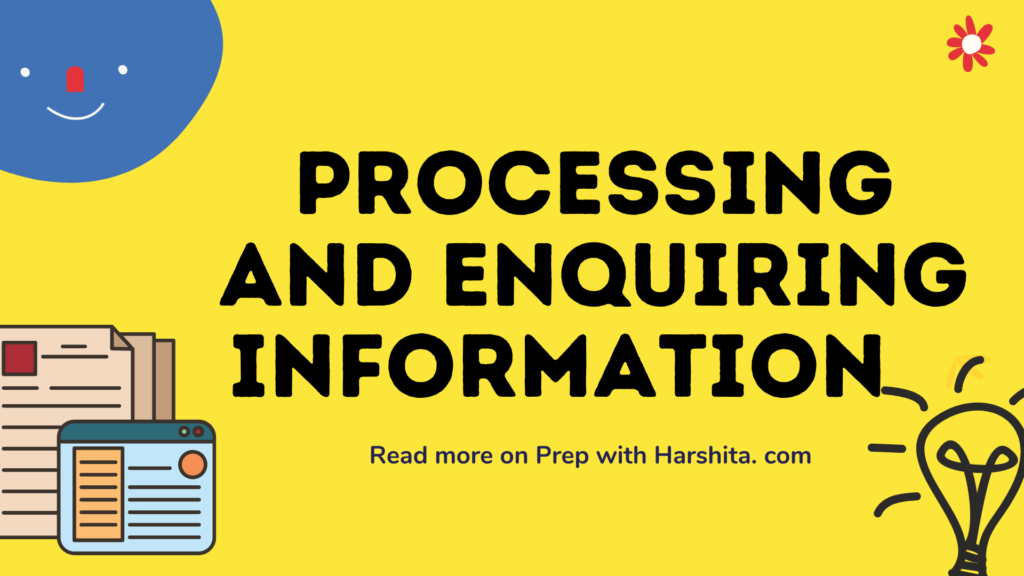In the context of the LAC (Language Across the Curriculum) approach, both content subject teachers and language teachers play important roles in promoting language development and subject knowledge acquisition.
Here are the respective roles of each:
- Content Subject Teachers: Content subject teachers refer to teachers who specialize in a specific subject such as mathematics, science, history, or any other discipline. Their primary role is to deliver subject-specific content knowledge and skills to students. In the LAC approach, content subject teachers also have the responsibility to integrate language learning within their subject areas. Here’s how they contribute:
a. Language Integration: Content subject teachers incorporate language learning strategies and activities into their teaching to help students develop language skills necessary for understanding and expressing subject-specific concepts. They provide explicit language instruction related to their subject, including vocabulary, discourse patterns, and writing conventions.
b. Scaffold Language Learning: Content subject teachers scaffold language learning by providing support and guidance to students as they engage with subject-specific texts, assignments, and discussions. They help students understand complex texts, provide explanations, and encourage discussions to deepen understanding.
c. Content-Driven Assessment: Content subject teachers assess both subject knowledge and language proficiency. They design assessments that evaluate students’ understanding of the content as well as their ability to communicate effectively in the subject-specific language. This could include written assignments, presentations, projects, or oral examinations.
d. Collaboration with Language Teachers: Content subject teachers collaborate with language teachers to align their curriculum and instructional practices. They share information about students’ language proficiency levels, specific language needs, and strategies for language development. Collaboration ensures a cohesive approach to language and content integration.
- Language Teachers: Language teachers, often referred to as English language teachers or ESL (English as a Second Language) teachers, specialize in teaching language skills such as reading, writing, speaking, and listening. In the LAC approach, their role extends beyond language instruction to support language development within content areas. Here’s how they contribute:
a. Language Instruction: Language teachers provide explicit instruction in language skills, grammar, vocabulary, and language functions. They focus on developing students’ overall language proficiency, including reading comprehension, writing fluency, oral communication, and listening comprehension. They also teach study skills and strategies to enhance language learning.
b. Language Support: Language teachers support students who may have language barriers or require additional assistance in understanding subject-specific content. They provide language support through targeted interventions, small-group instruction, or individualized coaching to help students access and comprehend the content.
c. Language Assessment: Language teachers assess students’ language proficiency and monitor their progress over time. They use a variety of assessment tools, such as language proficiency tests, writing samples, speaking assessments, and comprehension tasks, to evaluate students’ language development and provide feedback for improvement.
d. Professional Development: Language teachers engage in ongoing professional development to stay updated on effective language teaching methodologies and strategies. They collaborate with content subject teachers to understand the specific language demands of different subjects and develop instructional approaches that align with subject-specific goals.
Both content subject teachers and language teachers work together to create a language-rich environment where students can develop both subject knowledge and language proficiency. Their collaboration, communication, and shared instructional practices are key to implementing the LAC approach successfully.
Also Read : Linkage between Reading and Writing

Also Visit : Prep with Harshita


